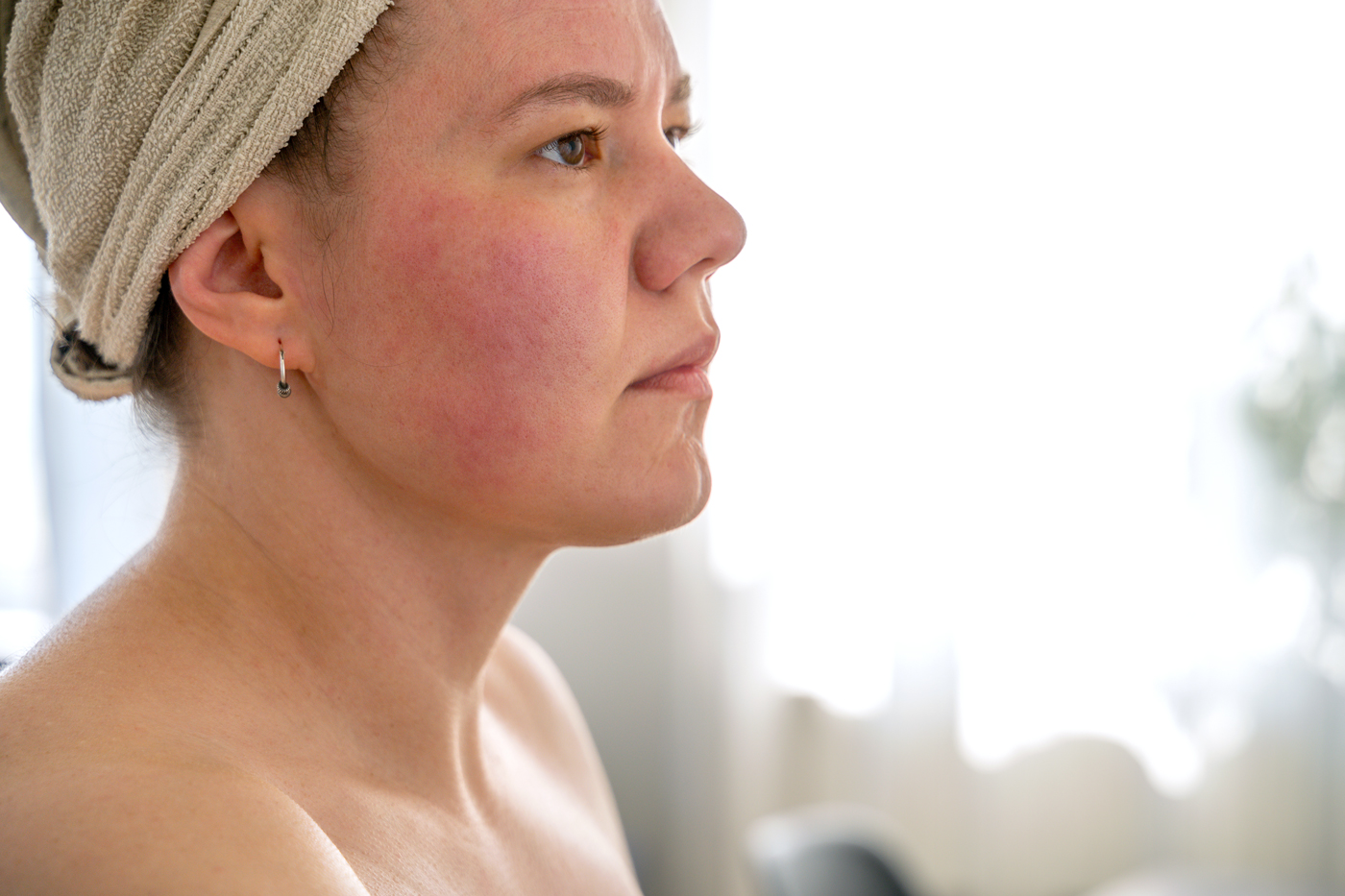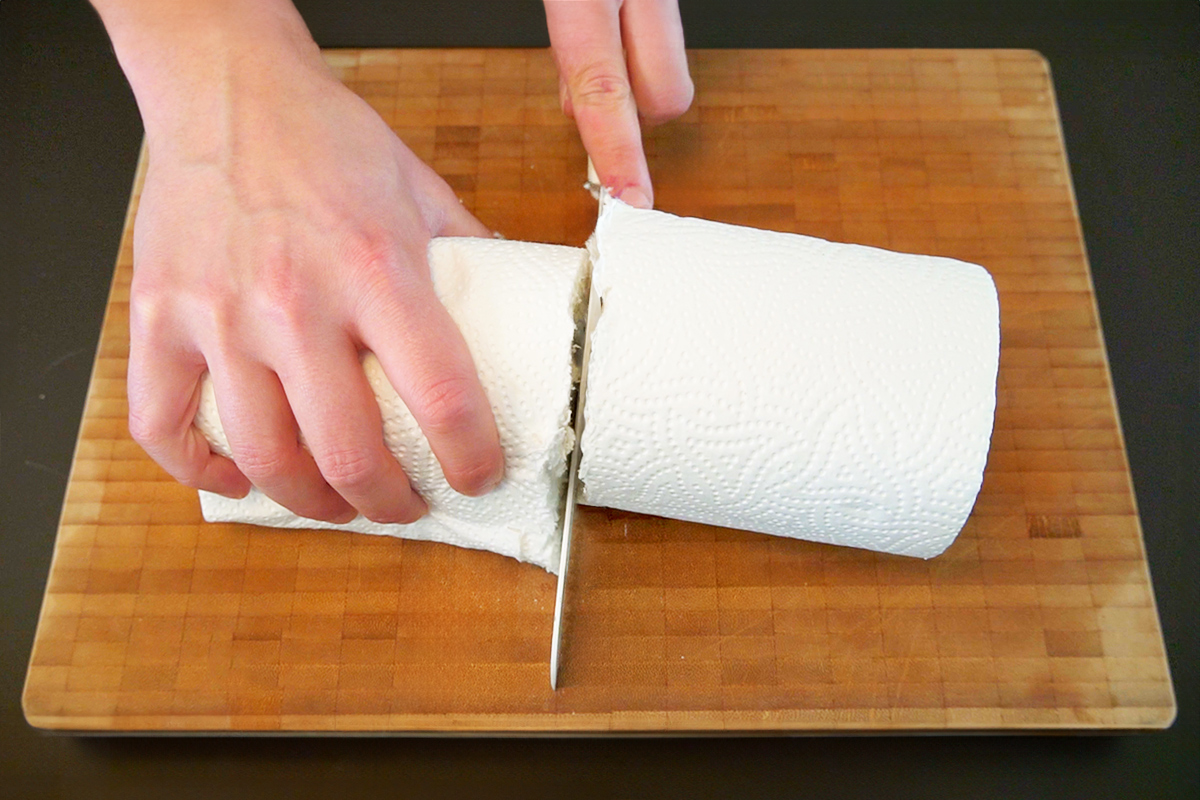We independently evaluate all recommended products and services. If you click on links we provide, we may receive compensation.
Sometimes, it’s no mystery why your skin is irritated. If you’re dealing with something like a sunburn, the reason for redness is pretty obvious. But other times, your redness and sensitivity may have no clear cause. While there are a ton of factors that can contribute to skin redness, it’s important to pay attention to the severity and length of time your skin appears red. This will help you determine if you need to see a doctor. To help you figure out why your skin is suddenly red, or rosy for a bit too long to be normal, we chatted with Azadeh Shirazi, M.D., board-certified dermatologist and owner of La Jolla Laser Derm.
“The main contributors are skin type, genetics, and environmental factors,” Dr. Shirazi says. “Certain people are just more prone to a flushed or red skin appearance. They easily form broken capillaries, giving their skin a red tone at baseline that may also include flushing and blushing.” Other factors, such as a weak skin barrier, sun exposure, temperature changes, and using harsh products can play a role in making redness or irritation worse. Inflammation, allergies, and even diet and stress can also contribute.
If you’re trying to differentiate between temporary skin irritation and a medical condition, you’ll want to consider the timing and nature of the symptoms. “Irritation from products usually results in redness, itching, or peeling shortly after use and tends to improve once the offending product is discontinued,” Dr. Shirazi says. “Specific skin conditions, like rosacea, often cause persistent redness on the cheeks, nose, chin, or forehead, along with breakouts in the central face, while eczema may produce red, inflamed dry patches that wax and wane.” Medical conditions are usually chronic and require treatment and maintenance therapies. If you’re finding that the redness persists and you haven’t tried any new products lately, you should consider seeing a doctor.
Temporary skin redness can be caused by sensitizing products in skin care, laundry detergents, and other personal care items. Pay attention to what you’re using, and if there’s anything new, stop using it as soon as irritation occurs. To calm that irritated skin and the appearance of redness, Dr. Shirazi recommends using gentle, soothing products designed to support the skin barrier and reduce inflammation. Ingredients such as aloe vera, ceramides, glycerin, colloidal oatmeal, and centella asiatica can be of assistance here. You’ll also want to stick to a mild, fragrance-free and sulfate-free cleanser to avoid stripping the skin of its natural oils and to prevent further irritation. Lastly, you should also avoid retinoids and acids until your skin has calmed down. For reducing redness and treating skin conditions such as eczema, Shirazi is a fan of SkinSmart’s Eczema Therapy Spray, AziMD’s Intense Recovery Complex, and Avène’s Cicalfate+ Protective Face Cream.
This article is for general informational purposes only.
Affiliate Disclaimer Medical Disclaimer
















 Unique Beauty is free for all users.
Unique Beauty is free for all users.